
Ticks are part of a delicate and vital ecosystem, but for us and our beloved pets, they are, at best, a nuisance and at worst, pretty dangerous opportunistic hunters. If, like me, you tend to wander around your garden barefoot, dogs and cats at your heels, then you will most likely have already been plagued by these blood sucking invertebrates.
Knowing how to repel ticks is one thing, but it's also possible that, unwittingly, there are elements of your outdoor space that are luring ticks in droves. One of the main reasons why there are ticks in your yard is that they've been carried in on another animal, but it might be that your garden is the perfect tick hangout and, without realizing it, you are giving them all they need to thrive.
Here are five things in your garden that could be attracting ticks.
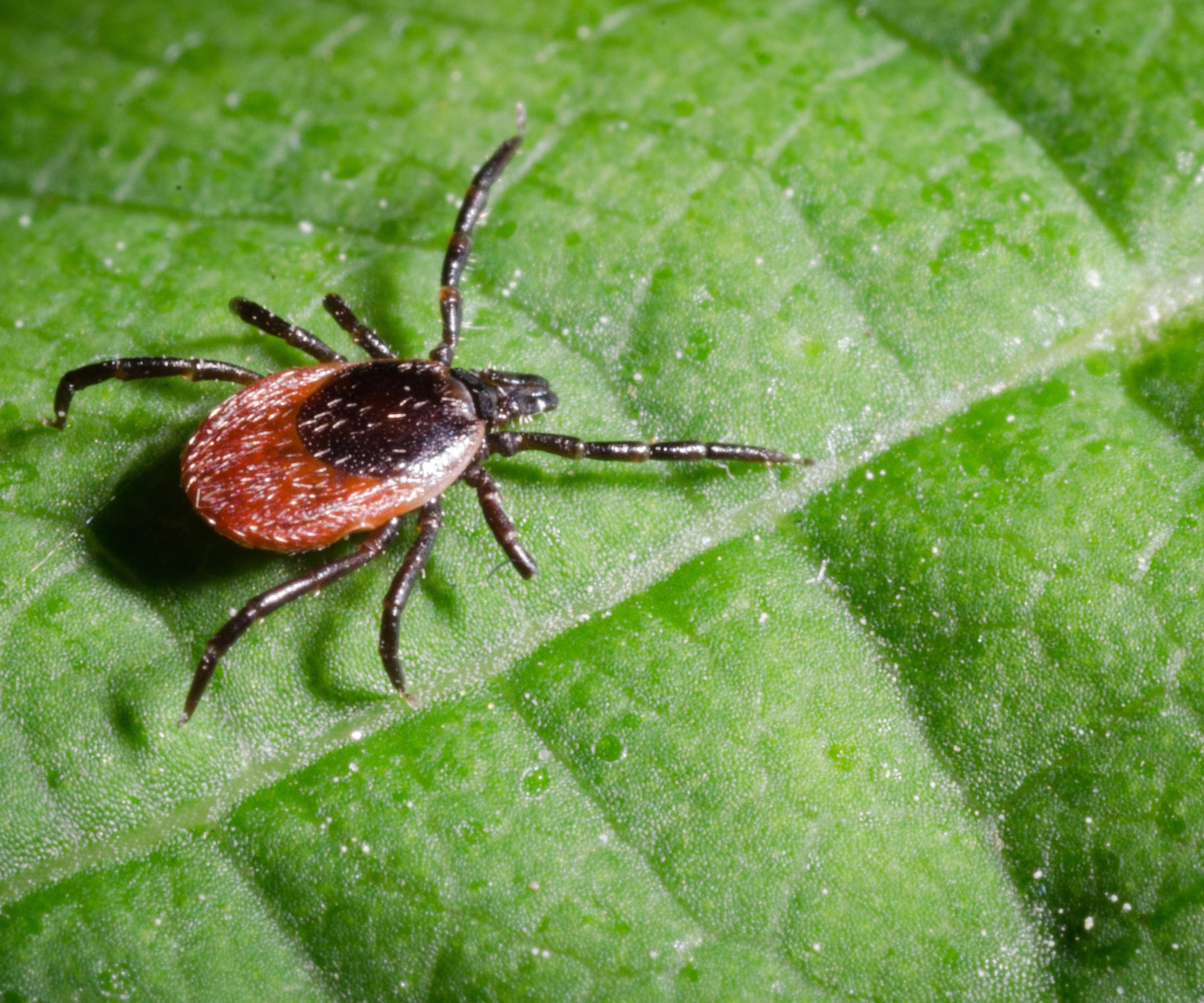
5 potential tick magnets in your yard
1. Leaf litter
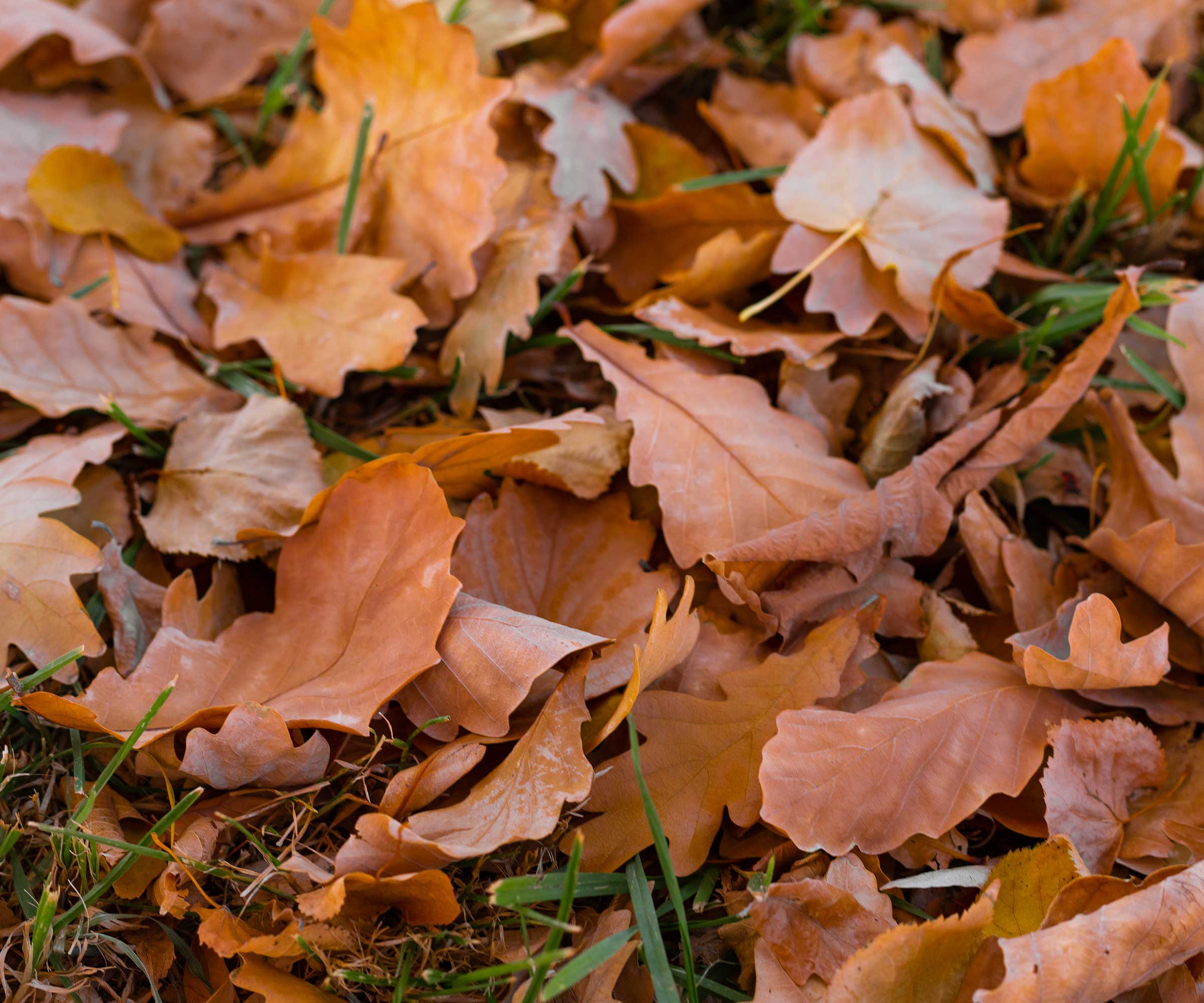
Ticks love humidity. So, damp and shady environments, like leaf litter, make for the ideal habitat for ticks.
As piles of leaves decay, they become a moist, sheltered, and cool spot, which stops ticks from drying out in the heat, and it will keep them warm and sheltered enough to overwinter when the temperatures plummet.
There are various ways to kill ticks in your yard, but it stands to reason that eliminating their hideouts, as a first port of call, might be enough to eliminate an infestation of ticks.
2. Tall grass
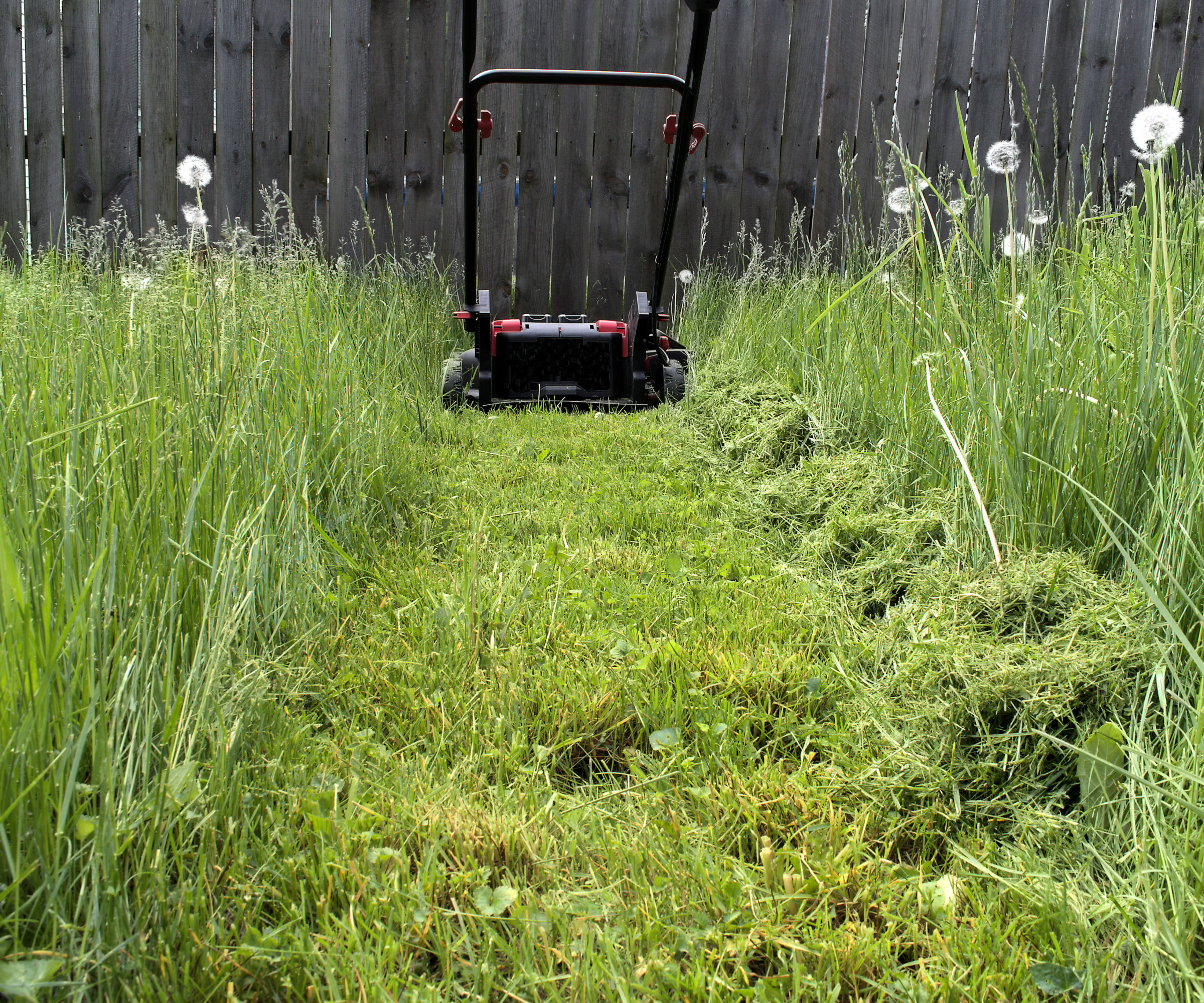
Ask most people where they think they are most likely to find ticks, and they will say that ticks dwell in long grass.
It's true that on the whole, tick bites are far more common when it's warmer and the grass is longer. The main cause for concern: any unmown areas with weeds and tall grasses, especially when those spots are humid and shady.
Yes, some ticks might move into mowed areas, too, but ticks must have shade and moisture to survive, so they are unlikely to be running riot in sun-drenched areas of your garden, beautifully mowed lawns, as there is simply too dry for them to survive.
Ticks typically move onto humans or animals that brush against grasses or weeds when passing by, so keeping up with your lawn care, including not just mowing but aerating your lawn and, crucially, removing any debris, will help minimise the issue immensely.
3. Overflowing or rotting compost

As I mentioned, the biggest culprit for bringing these unwelcome visitors to your garden is other animals. With this in mind, the most effective way of preventing ticks running amok in your garden is to discourage small rodents from entering your garden and spreading ticks around.
Overflowing or dirty compost bins, fallen food from bird feeders, and unprotected root veg in vegetable gardens can all lure in rodents like rats and squirrels into your outdoor spaces, which are very often carrying ticks.
Foxes are another key offender. Foxes often bring a whole host of ticks into a garden, so knowing how to get rid of foxes should be a priority. That's easier said than done, I certainly know from experience.
A product such as Predator Pee, from Target around the yard will put foxes off, but the best course of action is to keep food in bins, well-sealed and out of sight.
4. Wood piles
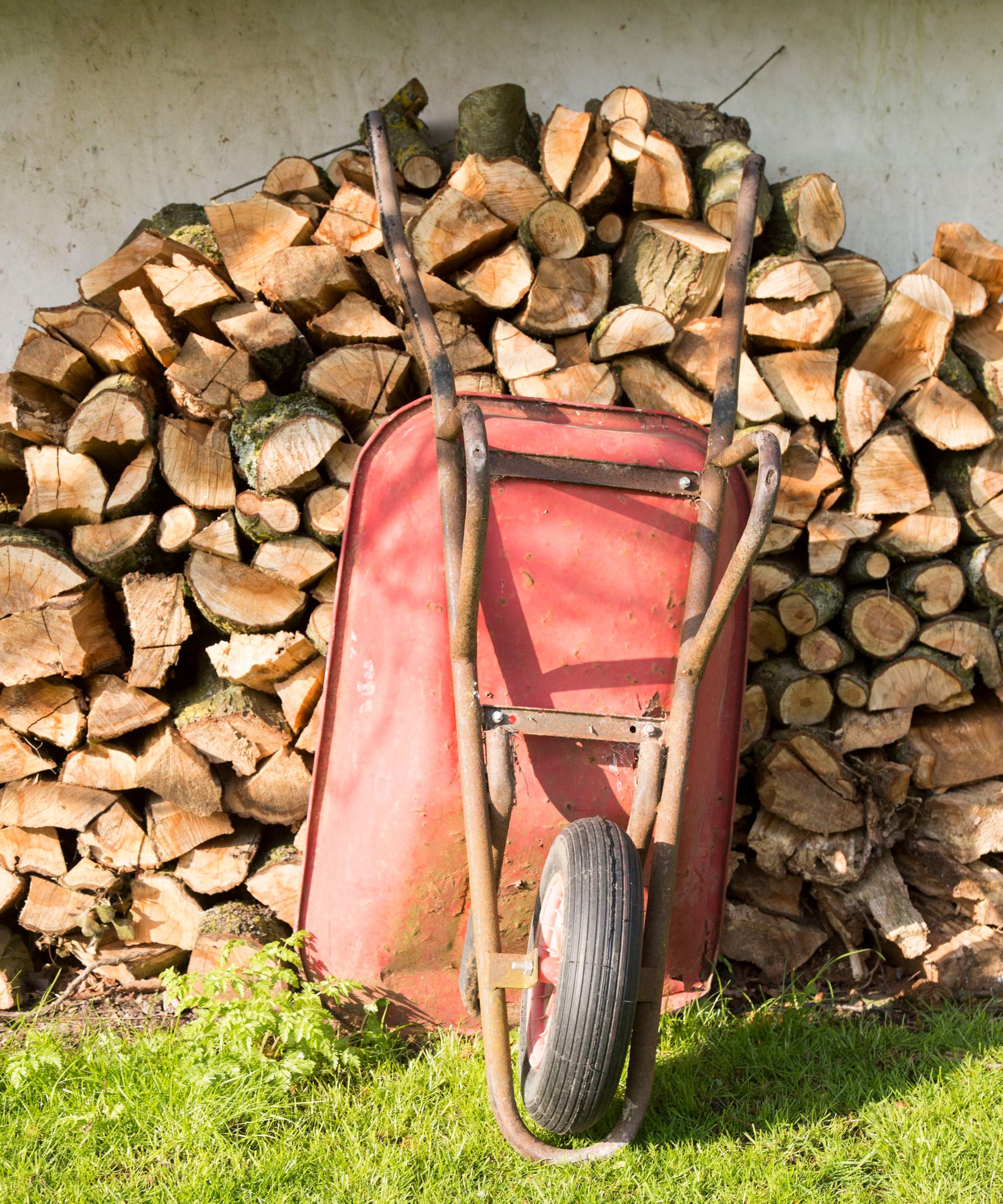
The spaces between the wood pieces in a wood pile provide a haven for ticks to hide from predators and the sun.
If you store your firewood in your garden, it's well worth moving the log pile to an area where this is minimal foot traffic, to stop ticks from grasping onto your ankles as you walk by.
Be sure to keep your wood pile covered, as this is a favourite spot for small tick-carrying animals. You can use a tarp to cover the wood, like this firewood rack cover at Amazon. Just be sure there is still good air circulation so that your wood does not become rotted.
Be especially careful when you retrieve your logs to bring them into your home for burning, as this is a great way for ticks to make an uninvited appearance inside your house.
5. Overgrown trees
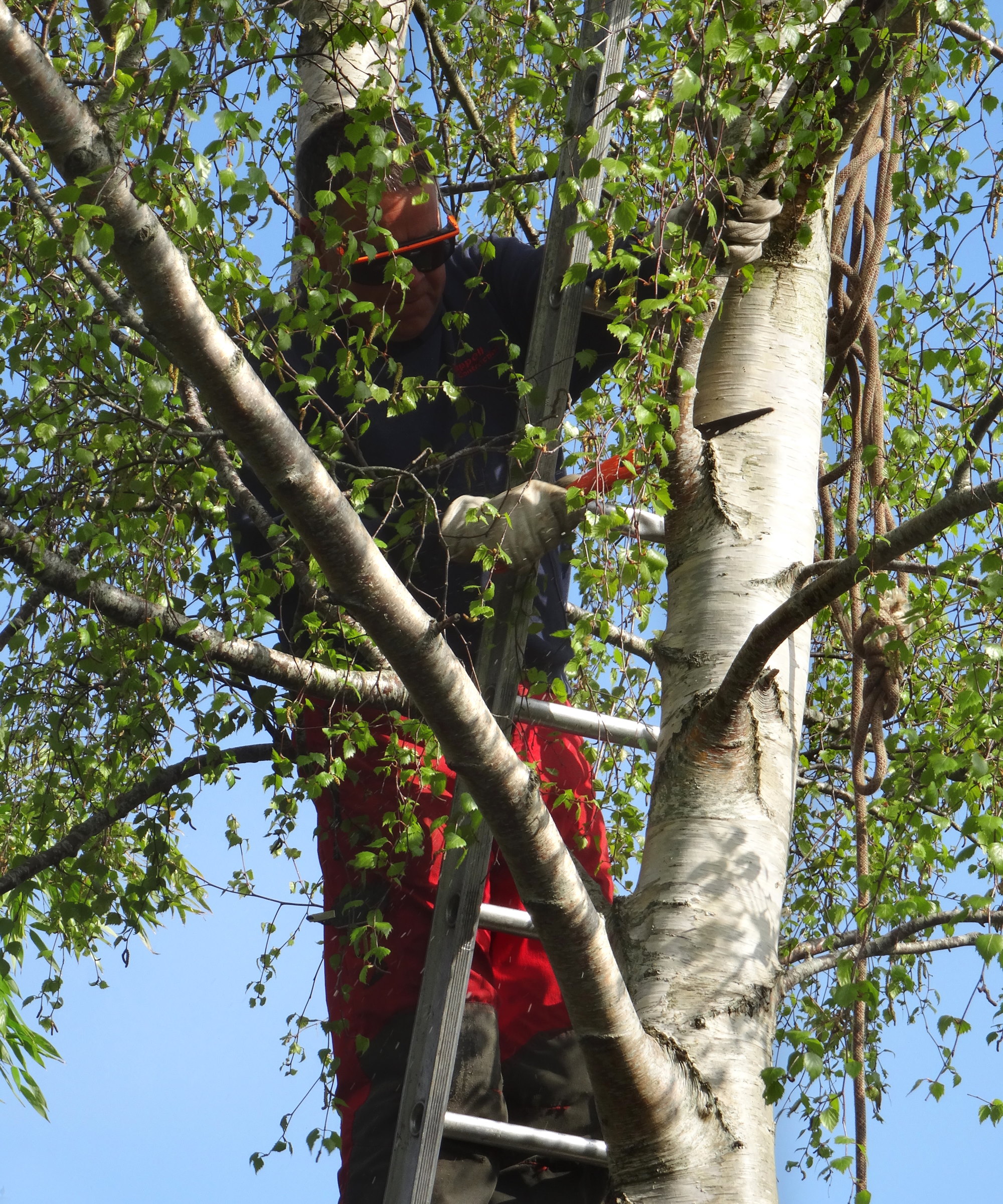
Overgrown trees and hedges prevent areas of lawn from direct exposure to the sun and help create shady, moist areas where ticks can live and reproduce easily.
Shady, moist spots under overgrown trees or shrubs also act as perfect hideouts for ticks to conceal themselves from predators, like garden birds, too, meaning their populations skyrocket very quickly as they produce eggs.
Keeping overgrown trees and hedges tidy will allow for more sunlight to reach these little pockets, which makes ticks dry out, as well as offering them up as a buffet for tick predators.
Shop tick repellents
Insects that come in contact or ingest this powder die within 48 hours, so be very careful where you put it, but if there is an area you now is crammed full of ticks, this is the go-to stuff.
This targeted pesticide is safe for most garden plants, and is safe for use around people and pets, making it a great preventative spray for the most troublesome of outdoor pests including ticks and fleas.
This bug spray is effective on ticks, fleas, and mosquitoes, but it's safe around people and pets, which is reassuring. No harsh fumes or dangerous chemicals, just powerful peppermint protection.
When we think about ticks, we tend to think of woodland walks and camping holidays. Though actually, most tick bites occur during normal home activities such as starting a new garden, playing with pets, or entertaining in the garden.
In terms of keeping tick populations at bay, it is worth remembering the golden rule: gardens that are rich in biodiversity, with borders full of native planting and natural predators, will combat tick infestations. Biodiversity can help combat ticks better than any shop-bought spray. There are also plenty of tick-repellent plants that can be grown in backyards alongside native planting, we're looking at you, rosemary!
If you have tried everything in the book, but ticks still seem to be throwing a party in your garden, there are many different products available to order online, such as this organic tick repellent from Walmart, which can both combat and kill ticks, as well as repel them for prolonged periods.







